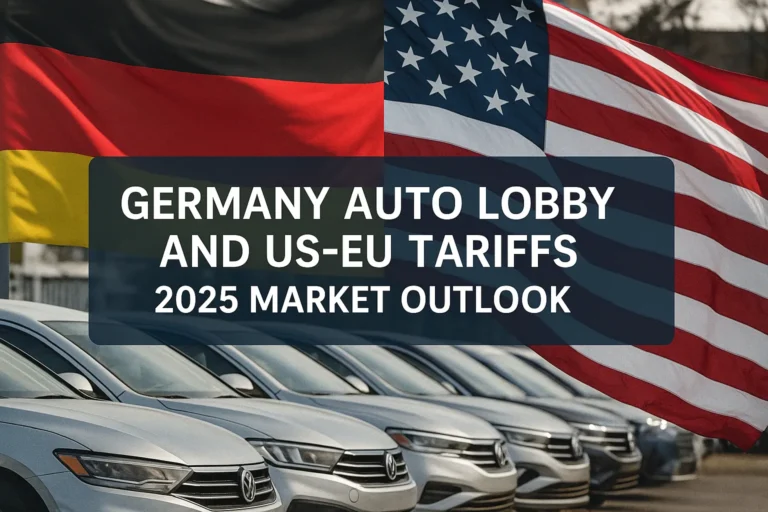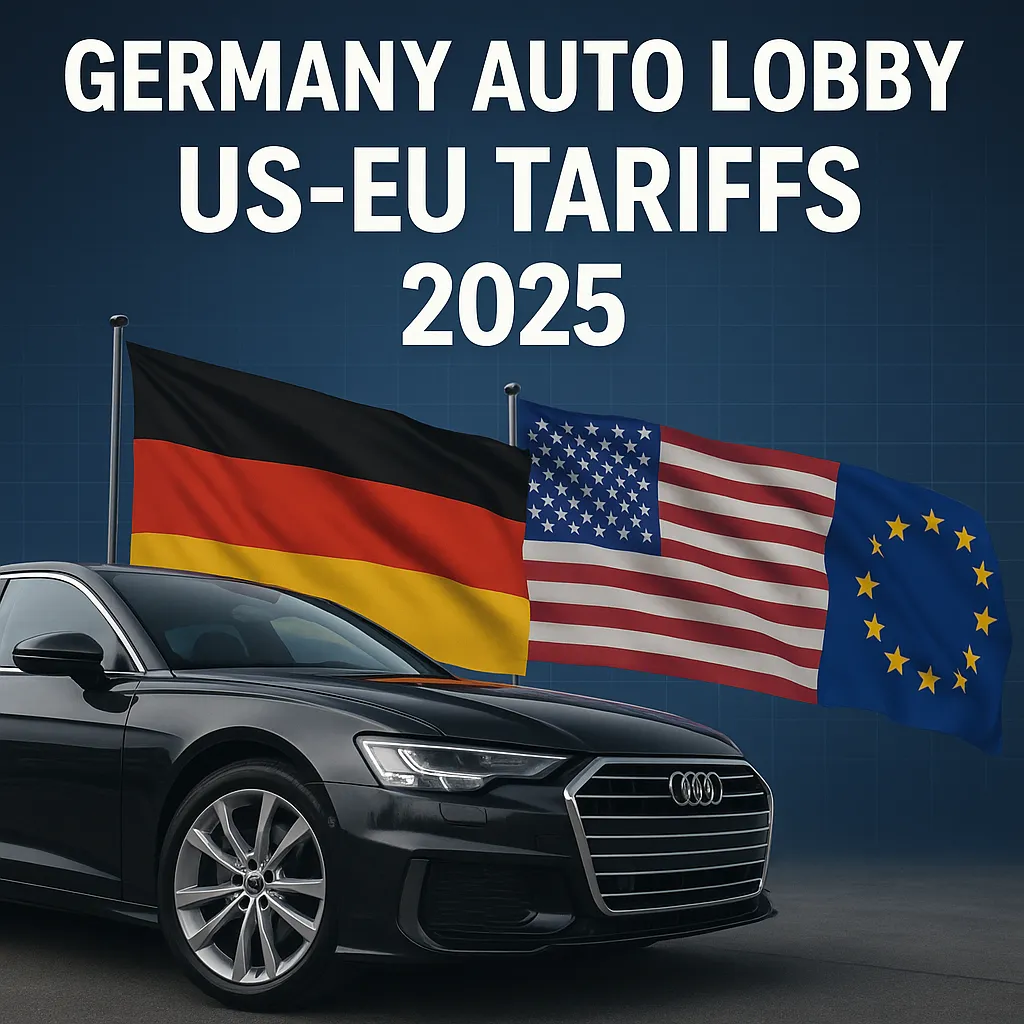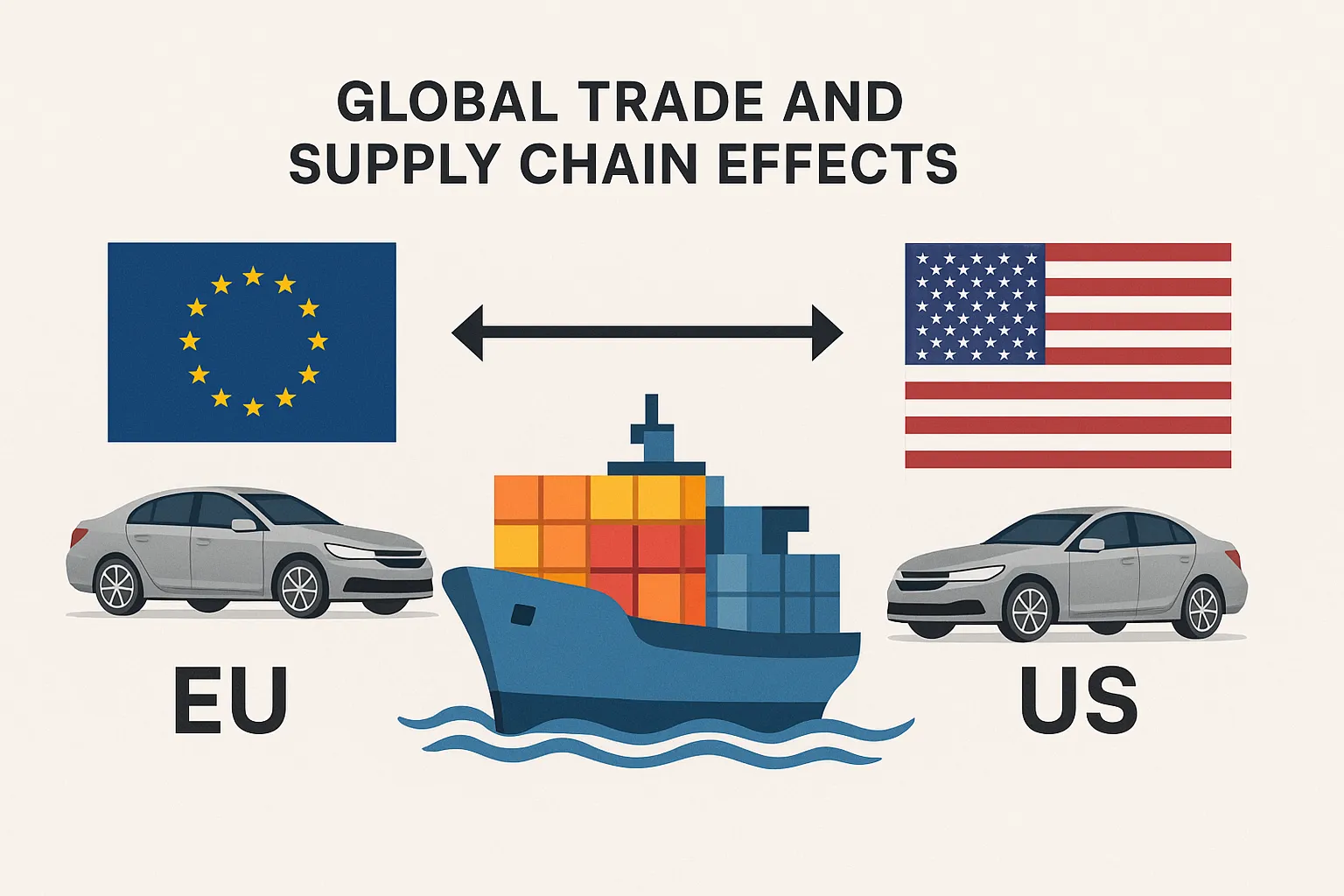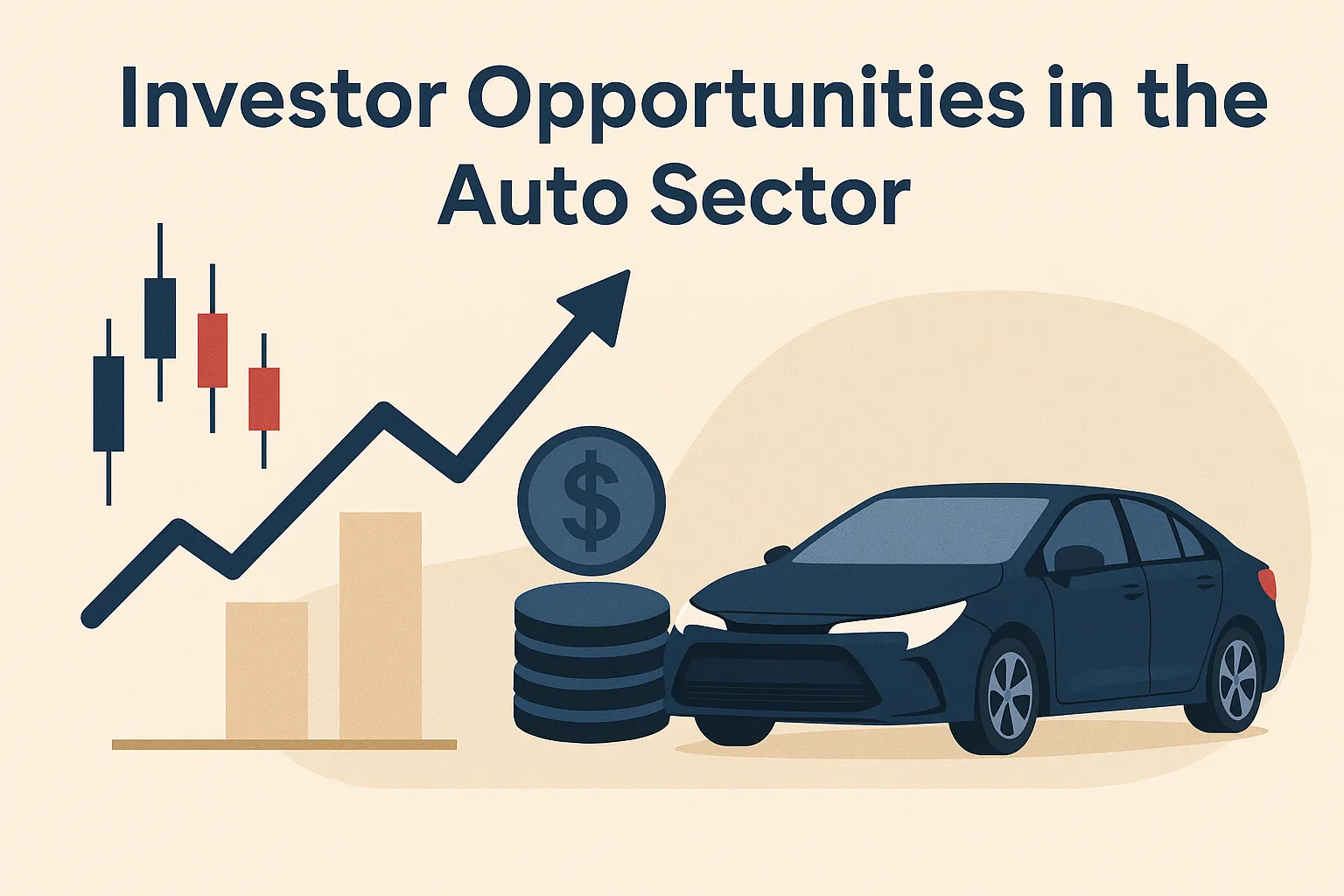
Germany Auto Lobby and US-EU Tariffs: 2025 Market Outlook
Last updated • 7–9 min read
Next, we outline the Germany auto lobby’s role—who influences Brussels and Berlin, and the levers they can pull in 2025.
Germany Auto Lobby’s Role in the Tariff Dispute
The Germany auto lobby US-EU tariffs 2025 discussion cannot be understood without recognizing the influence of Germany’s Verband der Automobilindustrie (VDA) and related industry councils. These organizations represent the interests of major automakers—Volkswagen, BMW, Mercedes-Benz, and others—whose exports to the U.S. remain central to their revenue mix. By lobbying EU trade representatives and German policymakers, they aim to reduce tariff severity and negotiate exemptions, especially for high-value models and EVs.
In previous disputes, the lobby successfully delayed or watered down measures by emphasizing job impacts across Germany’s industrial heartland. Their 2025 strategy revolves around highlighting the risks of a tariff war impact on automakers while promoting reciprocity—arguing that U.S. companies benefit from access to the European market and should avoid escalation.

While Washington aims to protect domestic manufacturers, Berlin leans on its auto lobby to safeguard one of Europe’s largest export engines. This dynamic sets up a high-stakes negotiation, with automakers pressing for either a phased tariff rollout or targeted exemptions. Investors should monitor announcements from Brussels and Berlin, as the lobby’s leverage often shapes final policy outcomes.
With lobbying pressure mounting, the next section examines the direct impact on German automakers—including revenue exposure, margin compression, and stock market implications.
Impact on German Automakers
Tariffs on European auto exports pose a significant threat to German automakers. Brands like Volkswagen, BMW, and Mercedes-Benz derive a sizable portion of sales from the U.S. market, particularly in the premium and SUV categories. With the Germany auto lobby US-EU tariffs 2025 debate intensifying, these companies face tough choices: absorb the costs and compress margins, or raise U.S. prices and risk losing market share to American and Asian rivals.
The pressure is magnified by structural shifts. As EV adoption accelerates, compliance with battery sourcing rules and content thresholds under U.S. policy becomes critical. German manufacturers could be excluded from consumer incentives unless they restructure their supply chains, compounding the Germany auto industry risks 2025.
✅ Opportunities
- High brand loyalty may sustain premium pricing power.
- EV lineups could qualify for incentives if localized.
- Potential for U.S.-based partnerships or joint ventures.
❌ Risks
- Margin erosion from absorbing tariffs and FX swings.
- Loss of competitiveness in mid-priced segments.
- Supply chain friction with U.S. sourcing rules.
Market analysts estimate that a 10% tariff could reduce operating profits of German automakers by billions annually. While premium players might pass through part of the cost, mass-market segments face tougher headwinds. Share prices are therefore expected to remain sensitive to tariff negotiations throughout 2025.
For investors navigating these swings, our guide on Swing Trading Books offers strategies to profit from volatility in cyclical industries like autos.
The next section expands to the global trade and supply chain effects, highlighting how tariff policies ripple far beyond Germany’s automakers.
Global Trade and Supply Chain Effects
Tariffs imposed on German vehicles don’t just affect automakers—they reverberate throughout the global supply chain. With the Germany auto lobby US-EU tariffs 2025 debate in play, component suppliers in Eastern Europe, logistics companies operating across the Atlantic, and U.S.-based dealerships are all caught in the crossfire. Higher costs can cascade through production, shipping, and distribution channels, ultimately reshaping consumer pricing.
European suppliers reliant on exports to Germany’s big carmakers may see reduced orders if companies shift sourcing closer to the U.S. to offset tariffs. Conversely, logistics providers specializing in transatlantic shipping could face weaker demand, while local U.S. component makers may gain new contracts. This redistribution of supply chains underscores the US-EU trade tariffs outlook as a global issue, not just a bilateral one.

| Sector | Potential Impact | Winners / Losers |
|---|---|---|
| German Automakers | Higher landed costs, possible margin erosion | Losers unless prices can be passed on |
| U.S. Automakers | Improved competitiveness in home market | Winners if tariffs remain |
| Suppliers (Europe) | Risk of reduced orders, relocation to U.S. | Likely Losers |
| U.S. Suppliers | New contracts, reshoring opportunities | Winners |
| Logistics Providers | Lower transatlantic shipments | Losers in short term |
Coverage on EU trade policy and supply chain disruptions.
In-depth analysis of the European auto industry and global trade flows.
Next, let’s explore the investor opportunities in the auto sector, focusing on hedging strategies and stocks positioned to outperform despite tariffs.
Investor Opportunities in the Auto Sector
While the Germany auto lobby US-EU tariffs 2025 scenario poses risks for traditional automakers, it also opens opportunities for investors. Tariffs create volatility, and volatility creates setups for both traders and long-term investors. By identifying which companies stand to gain market share—or which suppliers could benefit from reshoring— investors can capture upside during this turbulent phase.
U.S. automakers may see a competitive boost in their home market, while EV startups and Asian automakers could gain from higher European car prices in the U.S. market. Investors might also look to parts suppliers with U.S. operations as a hedge against declining European exports. On the other side, German luxury brands with loyal U.S. customer bases could retain pricing power, sustaining margins despite tariffs.

📈 Potential Winners
- U.S. automakers gaining domestic market share.
- EV-focused suppliers with localized production.
- Asian automakers filling the affordability gap.
- U.S. logistics and parts manufacturers.
⚠️ Risks to Monitor
- Escalation of tariffs beyond current scope.
- Currency volatility (EUR/USD impacting profits).
- Supply chain relocation costs reducing margins.
- Demand shocks if car prices rise too steeply.
To navigate these setups, traders can reference our Penny Stocks Watch List , where we highlight emerging plays in volatile industries like autos and energy.
Next, let’s analyze the winners and losers of tariff disputes—identifying which sectors and companies could thrive, and which may suffer, if policies intensify.

Pauline covers global trade, autos, and tariff-driven rotations—blending macro headlines with a risk-first playbook for equities and ETFs. She focuses on timing entries around earnings, policy dates, and supply-chain signals.